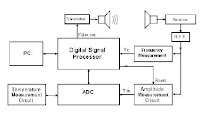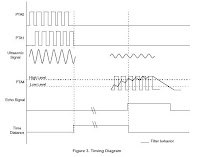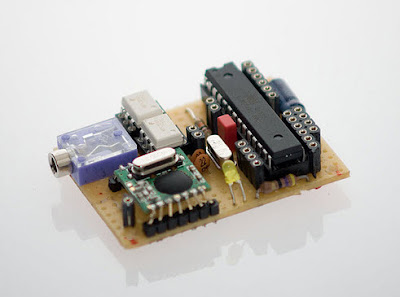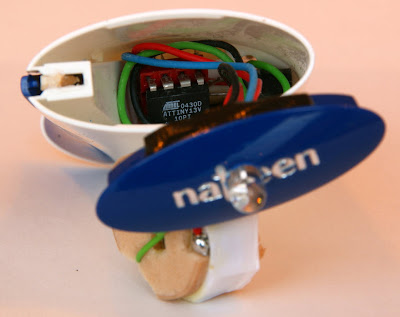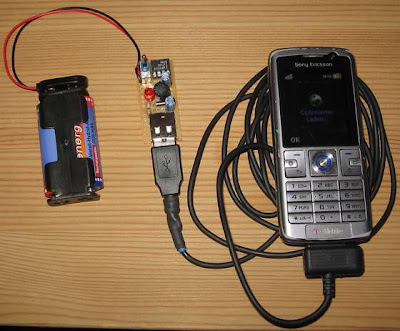Tip two wheeled balancing robotThe first step in building Tip was to create a simulation.
I used Delphi, a Visual Object Pascal tool, to write a
simulation program. The robot is modeled as a system
composed of two masses. A wheel and platform mass
and a body mass located at a specified distance above
the wheel center. The simulation assumes that the
robot wheels do not slip. The moment of inertia is
calculated for the body mass and the wheel mass is
considered to be a translating mass only with no
consideration for wheel/motor rotational inertia.
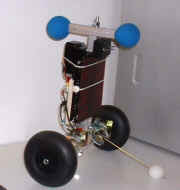 more
moreTwo Wheeled Balancing Transport Platform
A senior design team at Rensselaer Polytechnic Institute
(RPI) set out to develop an interdisciplinary mechatronic
system by designing and prototyping a two-wheeled robotic
locomotion platform inspired by (and with the permission of)
the Segway Corporation, maker of the Segway Human
Transporter. The Two-Wheeled Balancing Transport
Platform utilizes parallel-wheel locomotion to provide precise
maneuverability while maintaining system stability. The team
tackled both the complexity involved in modeling, analyzing,
and controlling the platform, as well as the implementation
of two fully-operational prototypes in a four-month time period.
 more
more
Building Bender, the Balancing Bot
Editor's note: Ted Larson and Bob Allen are members of
the HomeBrew Robotics Club. They're also the brains
behind Bender, a self-balancing robot that won the Open
class gold medal at this year's ROBOlympics. On tonight's
episode of "The Screen Savers," Larson and Allen will
show off Bender and tell you how they built the
gyro-balanced robot. Below, Allen gives a preview.

more
Low Cost Gyro-Accelerometer Combo Sensor
Project Summary
In building a balancing robot you need a gyroscope unit and
an accelerometer unit in order to get it to balance. But I also
wanted it to be reasonably low in cost with high performance
and easily interfaced to a MCU. Some of the other solutions
are prohibitively expensive, even if they may work well. Also
the solution I had in mind had to be fairly small and use up
little space and use up little power too. So when Analog
Devices recently came out with their ADXRS150 and
ADXRS300 piezo-gyroscope integrated circuit, I now had a
solution that had low cost and low power with high
performance too. The gyro is very small at about 5mm
square (about 0.3 inches square). You can see the small
combo gyro PCB mounted vertically in the center section
on the balancing robot photo below.
more









